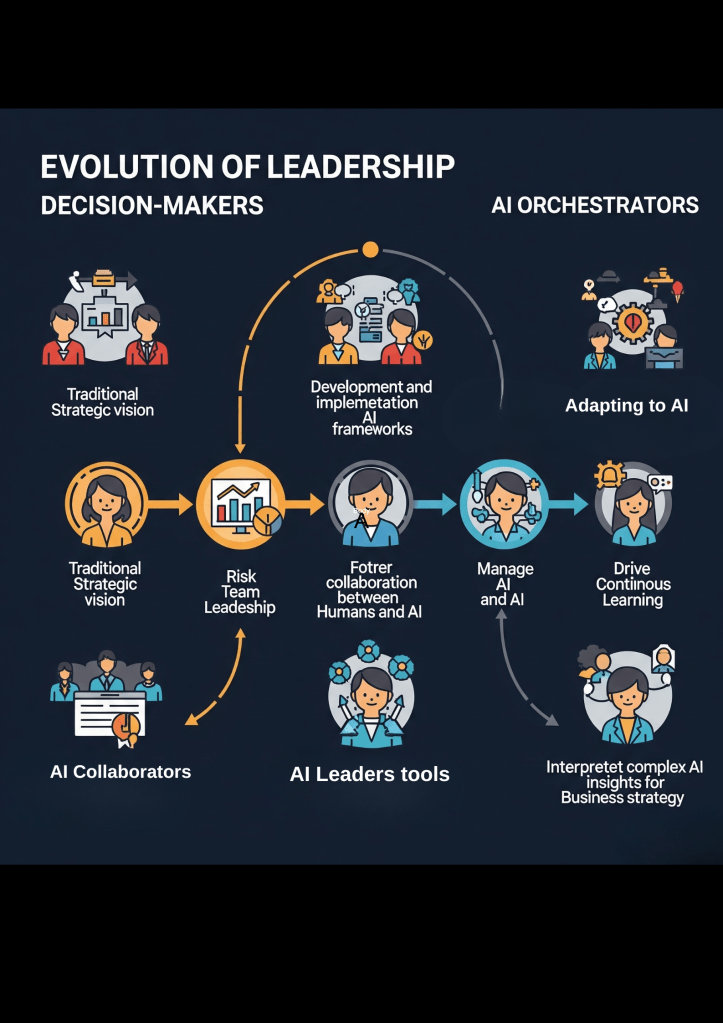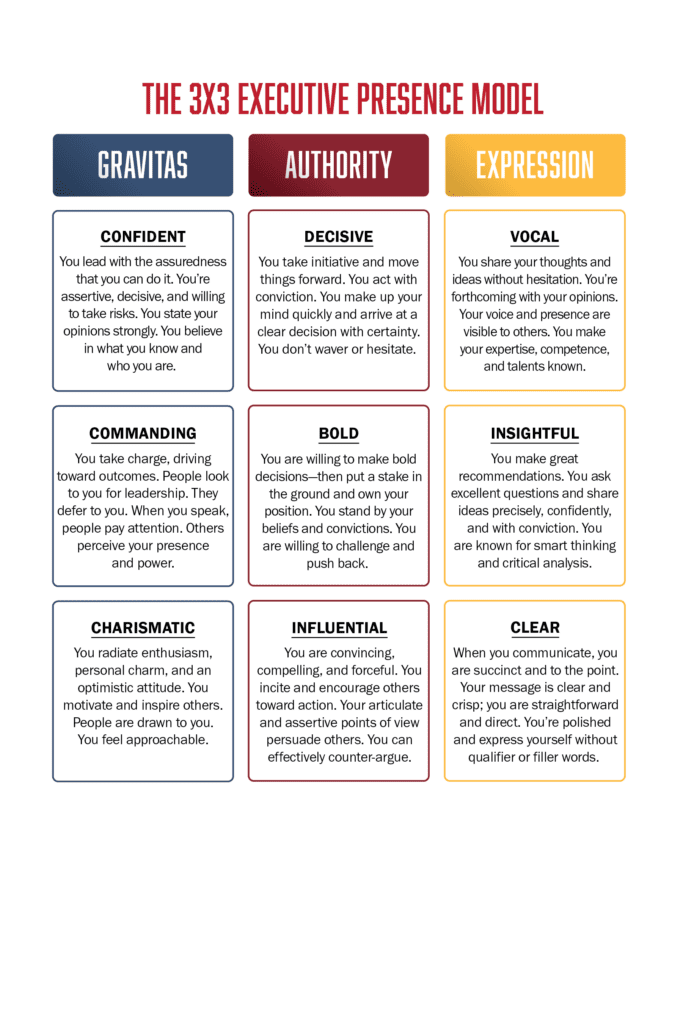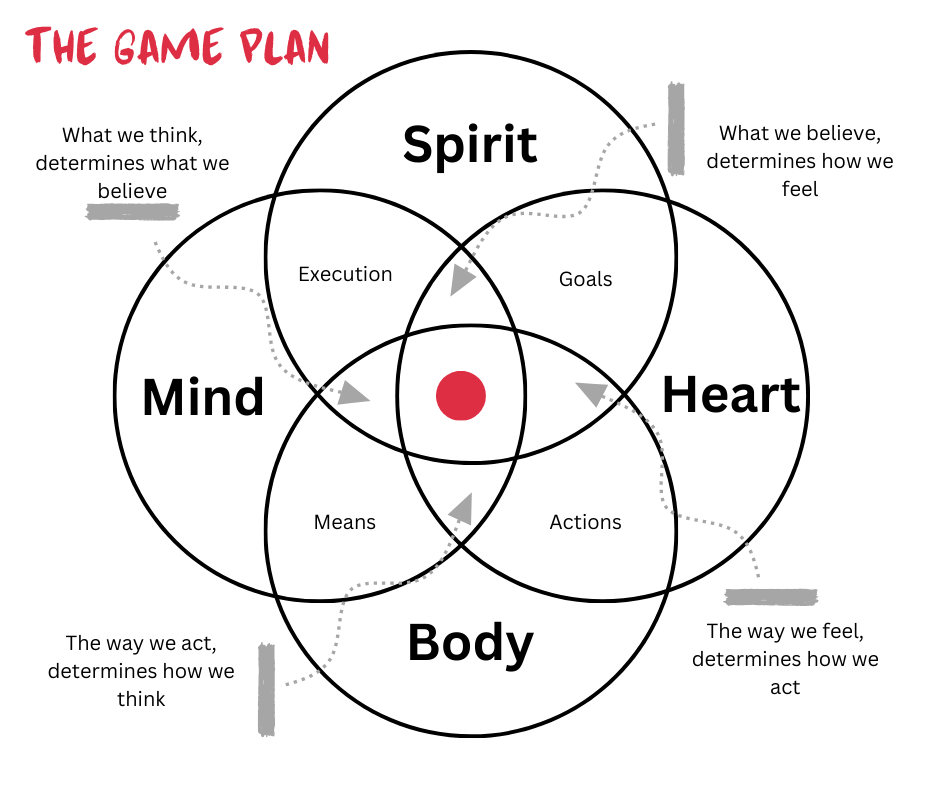
While gossip is often taken as a harmless engagement, it sure brings down the quality of relationship and trust quotient. In fact comedy shows like Sheldon, Seinfield or even Friends, often endorse that gossip adds to the understanding and camaraderie of our friends!! We all know the feeling: A colleague walks away and the whispers begin. Someone says, “Don’t tell anyone I said this, but…” It seems inconsequential. Just words. Just venting. But over time, gossip becomes something far more damaging: A quiet destroyer of trust, connection, and credibility.
🤐 Gossip Isn’t Harmless — It’s a Hidden Habit That Hurts
In personal relationships, gossip often wears the mask of concern:
“She’s not doing great lately… but between us…” “He’s changed, have you noticed?”
In professional settings, it’s even more subtle: “He’s not really leadership material.”
“She only got promoted because of…” But here’s the truth: If someone gossips with you, they’re likely gossiping about you. And no matter how subtle it is, it creates a culture of suspicion—not connection.
🧠 Why Do People Gossip?
Because it feels:
- Affirming (“At least I’m not the only one seeing it this way”)
- Entertaining (“Did you hear what happened?”
- Empowering (“I know something others don’t”)
But all of that is fleeting.
And it comes at the cost of emotional safety—for everyone involved.
💔 Gossip Damages More Than Reputations
1. It Erodes Trust:
Once people realize you talk about others behind their backs, they begin to wonder: What do you say about me when I’m not around?
2. It Fractures Teams and Friendships:
Gossip creates cliques, divides people, and turns collaboration into competition. It’s the breeding ground of passive aggression and disconnection.
3. It Sabotages Personal Growth:
When we talk about people instead of talking to them, we avoid honest conversations. We miss the opportunity for resolution, feedback, and growth.
4. It Says More About You Than the Person You’re Talking About:
People quickly realize—gossip doesn’t reflect the flaws of the subject.
It reflects the insecurity, resentment, or ego of the speaker.
💬 The Alternative? Choose Conversation Over Commentary.
- Talk to people, not about them.
- If something bothers you—raise it directly or let it go.
- If someone starts gossiping, shift the topic or gently challenge it.
- Build circles that honor truth, not tear it apart.
🌱 Relationships Thrive in Integrity
Whether it’s friendship, family, or workplace dynamics—sustainable bonds are built on respect, not rumors. Your words create emotional environments. Make sure yours are building bridges, not burning them.
Choose character over chatter.
Choose presence over pettiness.
Because relationships deserve better than background noise. Do share your thoughts!







